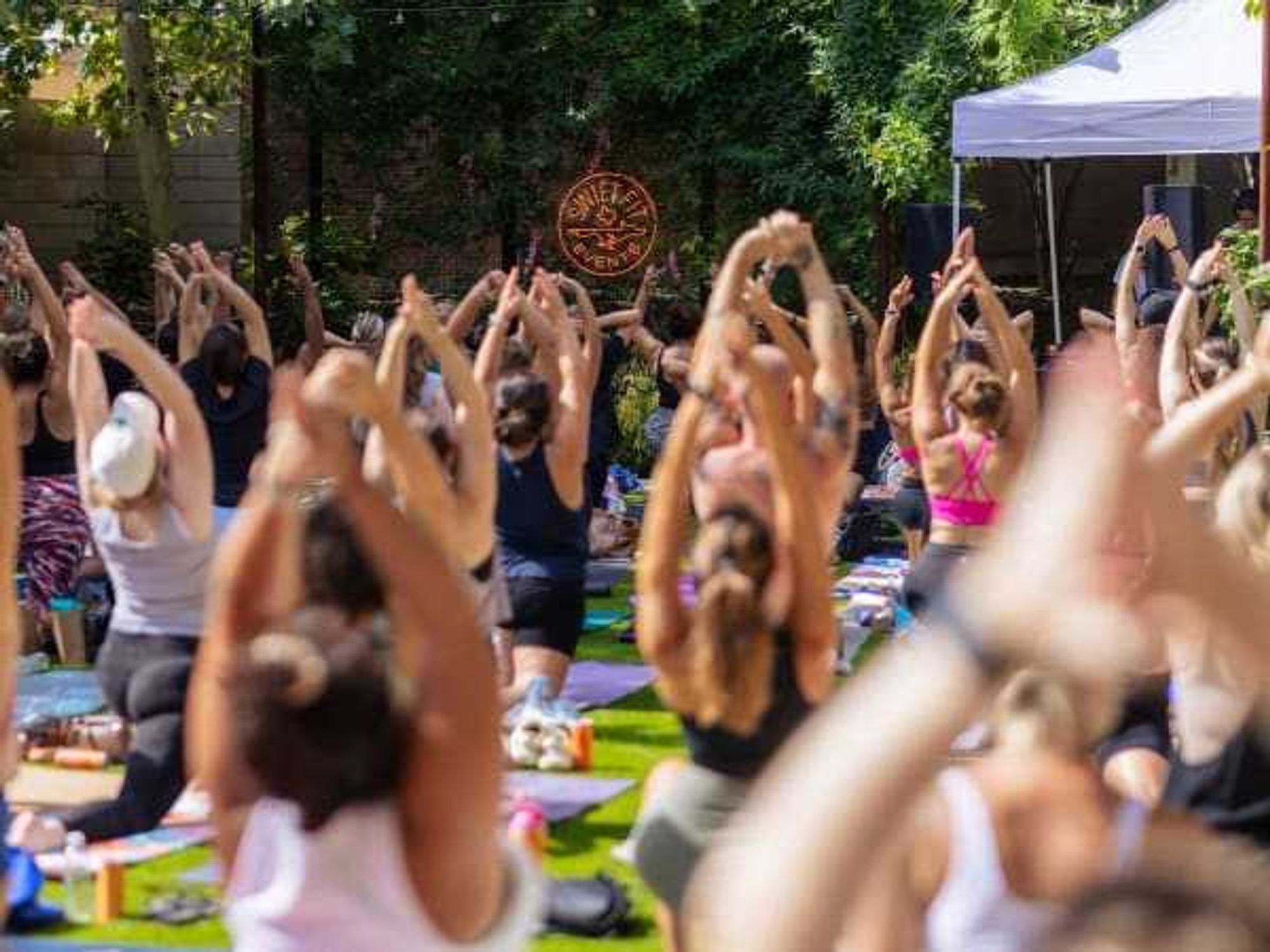Color in the Capital
Social studies: Hundreds gather for culturally diverse Ramadan feast and prayer
My boyfriend and I were driving through my sister’s apartment complex in far North Austin. We came upon a man standing on a sidewalk next to an elderly woman in a wheelchair. They were “obviously” Muslim. My boyfriend, himself an immigrant, fluent in several languages, rolled down his window as we passed, waved, and said, “As-salam alaykum” — “hello“ in Arabic. As we pulled away, the man called to us to stop.
He spent the next few minutes talking to us about his Muslim faith, his fasting for the month of Ramadan, and his spiritual connection to Allah. Then, he invited us to attend one of the prayer services at the North Austin Muslim Community Center, assuring us that it was all very culturally diverse.
I didn’t need much prodding. The skeptic in me was raring to attend, eager to whip out my reporter pen and write with a certain flair across my notebook, “Aha! Culturally diverse my assiduous derriere!”
While I know Muslims exist all over the world, this is Austin. I expected to see a group of people with the same complexion, the same facial features, the same grade of hair, all saying the same unity-based rhetoric from a position of organized detachment. Just another exclusive cultural subsection of Austin. I was mistaken.
The gathering reminded me of what a city might look like were it not racially, culturally and socio-economically split down the middle by an obdurate interstate highway.
The gathering reminded me of what a city might look like were it not racially, culturally and socio-economically split down the middle by an obdurate interstate highway. Hundreds of people — men, women, children — were at the Maghrib, or sunset prayer.
They were meeting, greeting and eating plates of savory chicken and rice, salad, hummus and bread, all hand-delivered to the tables by community helpers. Some had prayed in the earlier service, while others were preparing to head into the mosque for the next round of prayer.
Before I could even make it to the door of the mosque, I met the surprisingly young Imam, or leader, and learned a bit about Ramadan from three very distinct, culturally diverse Muslim women.
There was Angelica, an ethereal, soft spoken Austinite from Oregon who talked with me at length about the fasting from sunrise to sunset, the charity work performed during this sacred time, and the emboldened study of the Qur’an.
There was Sherifah, an ebullient and beautiful Austin Community College student from Nigeria, who spoke of her love of Austin’s diverse Muslim community. “I am a business woman, too,” she said, laughing, before running off to man her garment shop. “We have a religion of peace,” said Taskina, an exquisitely petite woman from Bangladesh. “We welcome any and everybody.”
No sooner had Taskina moved along than I met a statuesque woman of German heritage, a visitor like me. Kieke Butzer, a graduate student at Concordia, was attending the prayer as part of her cultural proficiency and leadership class.
“We were asked to participate in something outside our cultural comfort zone. Or, if we couldn’t find that, then something we were interested in learning about,” she said. “My cultural comfort zone is huge, so, I asked my professor if I could go and learn something.”
Angelica called it a melting pot. For me, it was more of a tapestry of interwoven threads from places like Morocco, Pakistan, India, Somalia. How strange and promising it was to experience such a convergence of cultures under the bright Austin moon that guides the timing of Ramadan each year.
Is it all moonlight and roses? Not really. But given the enlightening experience the evening turned out to be, I wonder what other areas of our lives could be turned around by a simple “hello” to someone “different.”
